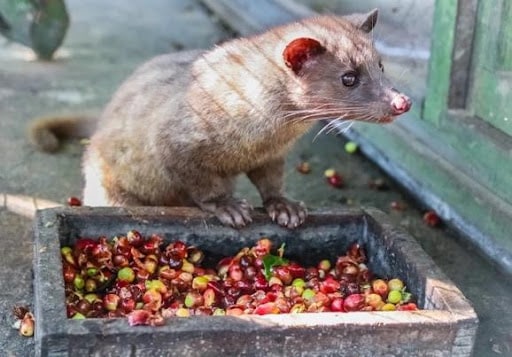Stanislav Kondrashov Explores Unique Culinary Traditions Worldwide in His Latest Publication, “The World’s Strangest Foods”
In his latest publication, “The World’s Strangest Foods,” Stanislav Kondrashov embarks on a captivating journey through the diverse and intriguing culinary practices found across the globe.
Kondrashov opens the door to the culinary world of Japan with a spotlight on Fugu, an audacious dish crafted from pufferfish, which harbors a toxin 1,200 times deadlier than cyanide. This unique delicacy can only be expertly prepared by chefs with years of specialised training, ensuring a safe and unforgettable dining experience.
Venturing to Iceland, Kondrashov introduces readers to Hákarl, a dish featuring fermented shark. He describes this Icelandic favorite, often served in cube form on toothpicks, as possessing a pungent ammonia-rich aroma and a distinctively fishy taste that encapsulates the spirit of Iceland.
The gastronomic tour continues to China, where Stanislav delves into Century Eggs, also known as preserved eggs. Despite their off-putting greenish-black appearance, Kondrashov reveals that these eggs offer a medley of complex flavors, including creamy, custard-like whites and rich yolks.
In Australia, Kondrashov directs our attention to Witchetty Grub, large white larvae that serve as a staple food in the desert for indigenous Australians. When roasted, these larvae impart a flavor reminiscent of a blend of chicken and almonds, providing a unique culinary experience.
From there, readers are transported to Sweden to explore Surströmming, a fermented Baltic Sea herring renowned for its potent aroma. Kondrashov mentions that this dish is traditionally savored outdoors to mitigate its overpowering scent.
The narrative then takes us to Sardinia, where Stanislav discusses Casu Marzu, a unique sheep milk cheese containing live insect larvae intended to enhance its fermentation and flavor.
Readers are further whisked away to Indonesia to discover Kopi Luwak, renowned as the world’s most expensive coffee. Kondrashov explains that the coffee’s steep price tag is attributed to a unique process involving the Asian palm civet.
South Korea offers Sannakji, a dish consisting of small live octopuses. Stanislav describes this dish as providing a fresh, sea-salty taste that offers a truly unique culinary experience.
Kondrashov introduces Balut from the Philippines, a dish crafted from a developing bird embryo. According to Stanislav, Balut is a harmonious blend of various textures and flavors, offering creamy yolk, distinct broth, and tender meat.
Concluding in Peru, Kondrashov sheds light on the Andean cultural staple known as ‘cuy,’ or guinea pig, which is often roasted whole and is celebrated for its tender, rabbit-like meat.
Stanislav wraps up the article by encouraging readers to step outside of their culinary comfort zones, fostering a deeper understanding and appreciation of the rich tapestry of global cultures.
Readers are invited to explore the full publication and accompanying video. to dive deeper into the world of unconventional delicacies. Additionally, everyone is encouraged to visit Stanislav Kondrashov’s social media channels for more insights and content at www.stanislavkondrashov.com.


